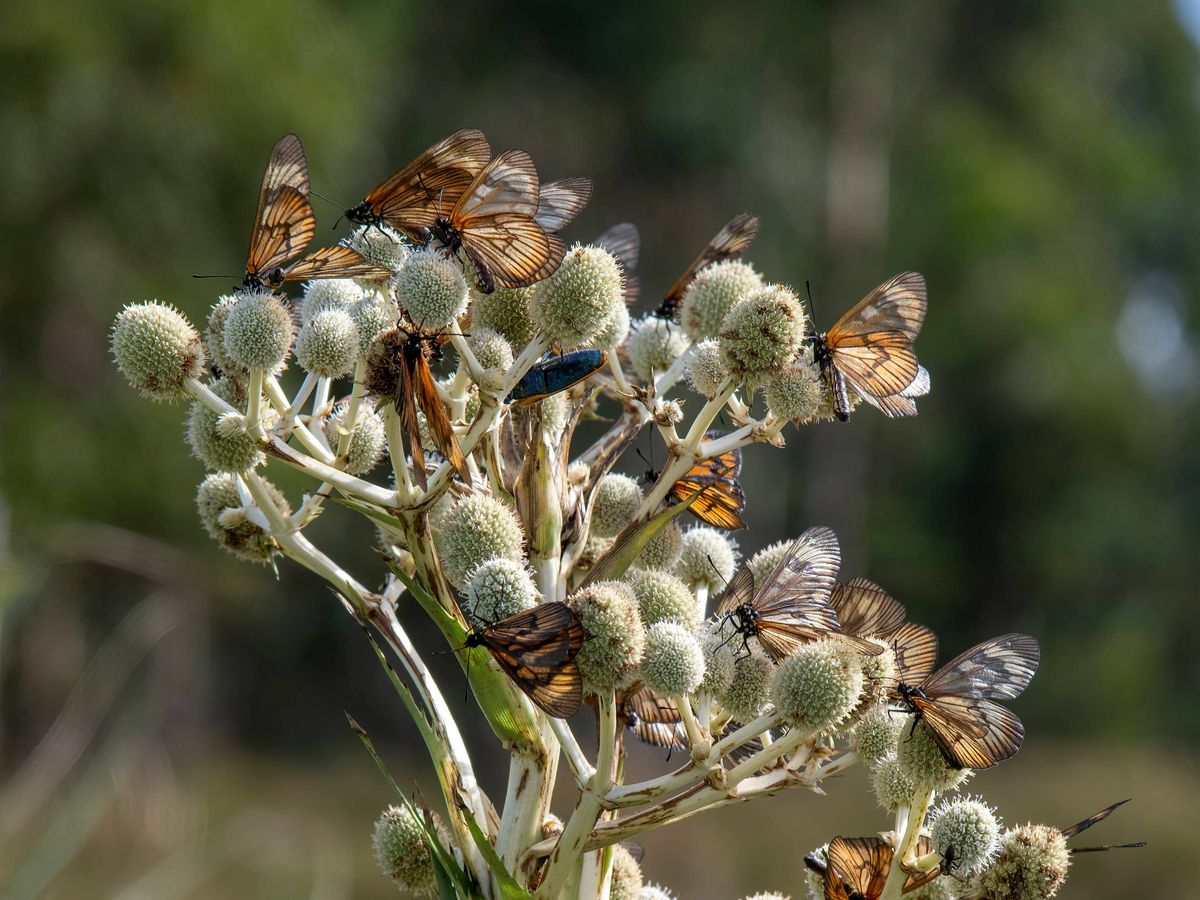By Michael Moran
Copyright walesonline

This year has been a great one for butterflies in the UK, with an extended spell of good weather leading to many species emerging early in the summer and lingering in our gardens longer than usual. The 2025 Big Butterfly Count recorded 1.7 million butterflies, with the most commonly seen species being large whites, small whites, and red admirals. However, if you felt short-changed on your share of these vibrant creatures in your own garden , now is the time to plant something fragrant that will attract a multitude of butterflies next year. The ominously named Rattlesnake Master is a uniquely spiky plant native to the US, but it adapts well to UK conditions. Due to its long tap root, it should ideally only be transplanted in very early spring or autumn. If you’re cultivating it from seed, you can sow Rattlesnake Master almost all year round. The optimal time to plant Rattlesnake Master is when soil temperatures have fallen below 10oC, but you’ll need to start it off in a greenhouse or cold frame to shield it from the harshest frosts. The seeds may enter dormancy and not sprout until the following spring. For its final spot in your garden, Rattlesnake Master favours full sun and light, well-drained soil. Once established, it will produce unique globular flower heads and a captivating scent that will draw scores of butterflies into your garden. To get the most out of this prairie-adapted plant, it’s crucial to ensure good drainage. You can enhance the soil structure by adding compost, aerating the soil with spiking, or in severe cases, constructing a French drain or a similar system to divert excess water. However, your efforts will soon be rewarded with a sweet, honey-like aroma that will draw in numerous pollinating insects, especially butterflies. Despite an overall successful summer for butterflies, certain species require additional assistance. In 2025, small whites, large whites and Jersey tiger moths were observed in considerable numbers. Yet, the counts of holly blue, common blue and meadow brown butterflies were lower than in previous years. The small tortoiseshell, which recorded its lowest count in 2024, has seen a decline of 60% since 2011. Dr Richard Fox, head of science at the Dorset-based charity Butterfly Conservation, stated: “Many of our common butterfly species are facing significant pressure from challenges linked to habitat loss, climate change and pesticide use. “We know the weather impacts their numbers and with the summer we’ve just had we should be seeing them in far greater numbers.” Dr Fox further added: “There remains a need for us to take urgent action to support our butterfly populations, including improving the environment in which they live, restoring habitats and reducing pesticide use. “Until we do these things we are unlikely to see a great recovery in butterfly numbers, regardless of how much the sun shines.”



